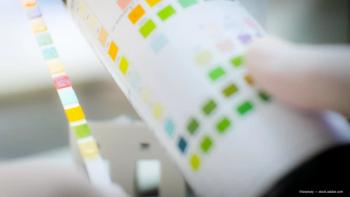
RMI and FAF helpful in characterizing retinal dystrophies
Using retro-mode imaging (RMI) and fundus autofluorescence (FAF) can be helpful in characterizing retinal dystrophies.
Using retro-mode imaging (RMI) and fundus autofluorescence (FAF) can be helpful in characterizing retinal dystrophies, according to a paper featured in the journal Bio Med. Central Ophthalmology.
A team led by Dr Battaglia Parodi Maurizio, Department of Ophthalmology, University Vita-Salute, Scientific Institute San Raffaele, Milan, Italy, included 18 consecutive patients with retinal dystrophies.
Each participant underwent ophthalmological assessments including best corrected visual acuity with ETDRS charts, blue-light fundus autofluorescence, (BL-FAF), near-infrared fundus autofluorescence (NIR-FAF) and RMI. The primary outcome was abnormal patterns on RMI and the secondary outcome was the correlation between BL-FAF findings and NIR-FAF findings.
The results revealed that the main feature of RMI is represented by a pseudo-3D pattern of all the posterior pole lesions. There were no fixed correlations between RMI, BL-AF and NIR-AF imaging. The non-invasive diagnostic tools could obtain additional information on clinical setting and patients monitoring.
Newsletter
Get the essential updates shaping the future of pharma manufacturing and compliance—subscribe today to Pharmaceutical Technology and never miss a breakthrough.













































